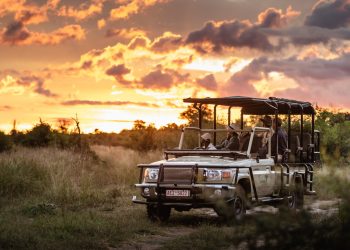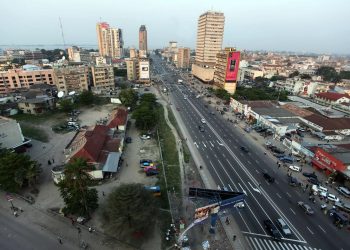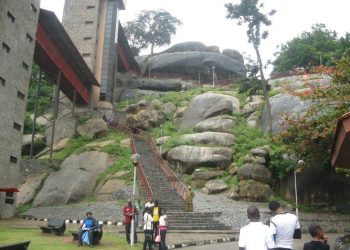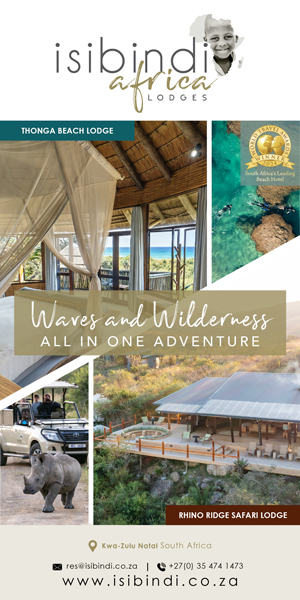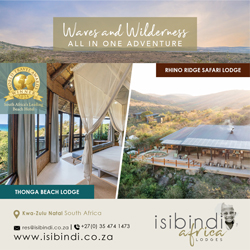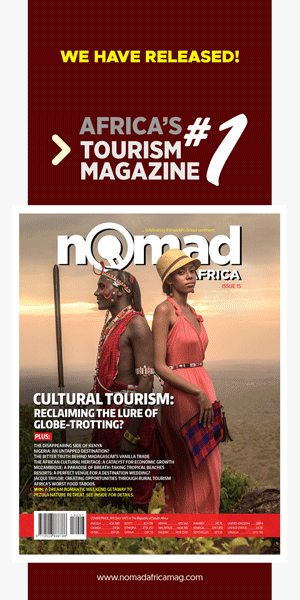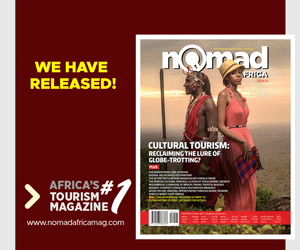Tucked into a secluded section of the iSimangaliso Wetland Park — South Africa’s first UNESCO World Heritage Site — Thonga Beach Lodge blends barefoot luxury with coastal wilderness. The 12 thatched suites are thoughtfully designed, some offering views of the Indian Ocean, others hidden in the shelter of the forest. All are connected to the main lodge by wooden walkways that tread lightly on the landscape.
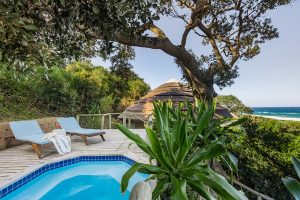
Lunch is served al fresco beneath the shade of a large coastal milkwood tree. A curious Samango monkey peeks out from the foliage nearby. Condensation beads down the side of my chilled drink, easing the edge off the heat. A bowl of creamy mussel soup, still warm from the kitchen, is followed by a platter of fruit, cheese and freshly baked bread — a simple feast enjoyed slowly.
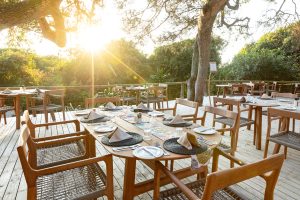
But it’s not just the beach that makes Thonga special. There’s a deeper magic here, best uncovered with a guide who knows the forest well. Gugulethu, from the local Mabibi community, leads us into the trees where stories of plants, birds and spiders become an unforgettable part of our stay. We learn to identify birds by their calls and spot sunbirds darting through the canopy. He shows us the silk-lined burrow of a tube-web spider, poised to spring when its invisible thread is triggered. We hear how the fruit of the waterberry tree has long been used in traditional medicine, and how its bark yields a natural red-brown dye.
Later, we visit Gugulethu’s home village. It’s humbling to see what community partnerships can achieve. Thonga Beach Lodge employs over 80% of its staff from the surrounding area — a remarkable figure when you consider Mabibi’s population is only around 1,200. Our drive takes us past the day clinic and on to the cheerfuly painted Mabibi Primary School, where hopeful energy fills the classrooms. Here, children from Grade R through to Grade 7 are given a daily meal, thanks to the lodge’s school feeding initiative. Guests often contribute too — some bringing supplies through Pack for a Purpose, others offering financial support. A recent donation of a 4×4 school bus now transports 35 older students to a nearby high school, saving them a gruelling daily walk of 20km. There are also regular contributions of stationery and exam packs, a small gesture that means a great deal to the children.
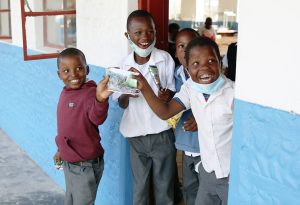
As the day fades, we find ourselves enjoying sundowners beside Lake Sibaya. This shimmering body of water, South Africa’s largest freshwater lake, is a RAMSAR Wetland of International Importance. Birdlife abounds, with nearly 280 species recorded, including 62 that nest, feed or roost in this wetland sanctuary. Crocodiles and hippos also call this home, their distant grunts echoing across the lake as we sip G&Ts and snack on toasted maize. An African fish eagle soars overhead; it’s iconic call resonating over the vast expanse.
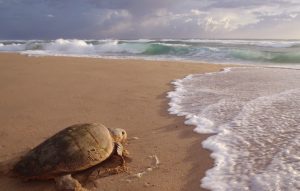
That evening, under a restless sky, we join a guided walk along the beach in search of turtles. It’s late in the season, and we know our chances of spotting hatchlings are slim. Still, there’s something magical about walking along this wild shoreline, guided by torchlight, with the wind tugging at our jackets and lightning flickering far out to sea. We hear how female turtles return year after year, often to the very stretch of beach where they first emerged. Nesting takes place from November to January, with hatchlings emerging between January and March — a moment we’ll have to wait to witness another time.
Words – Tessa Buhrmann / Pics – Isibindi Africa



